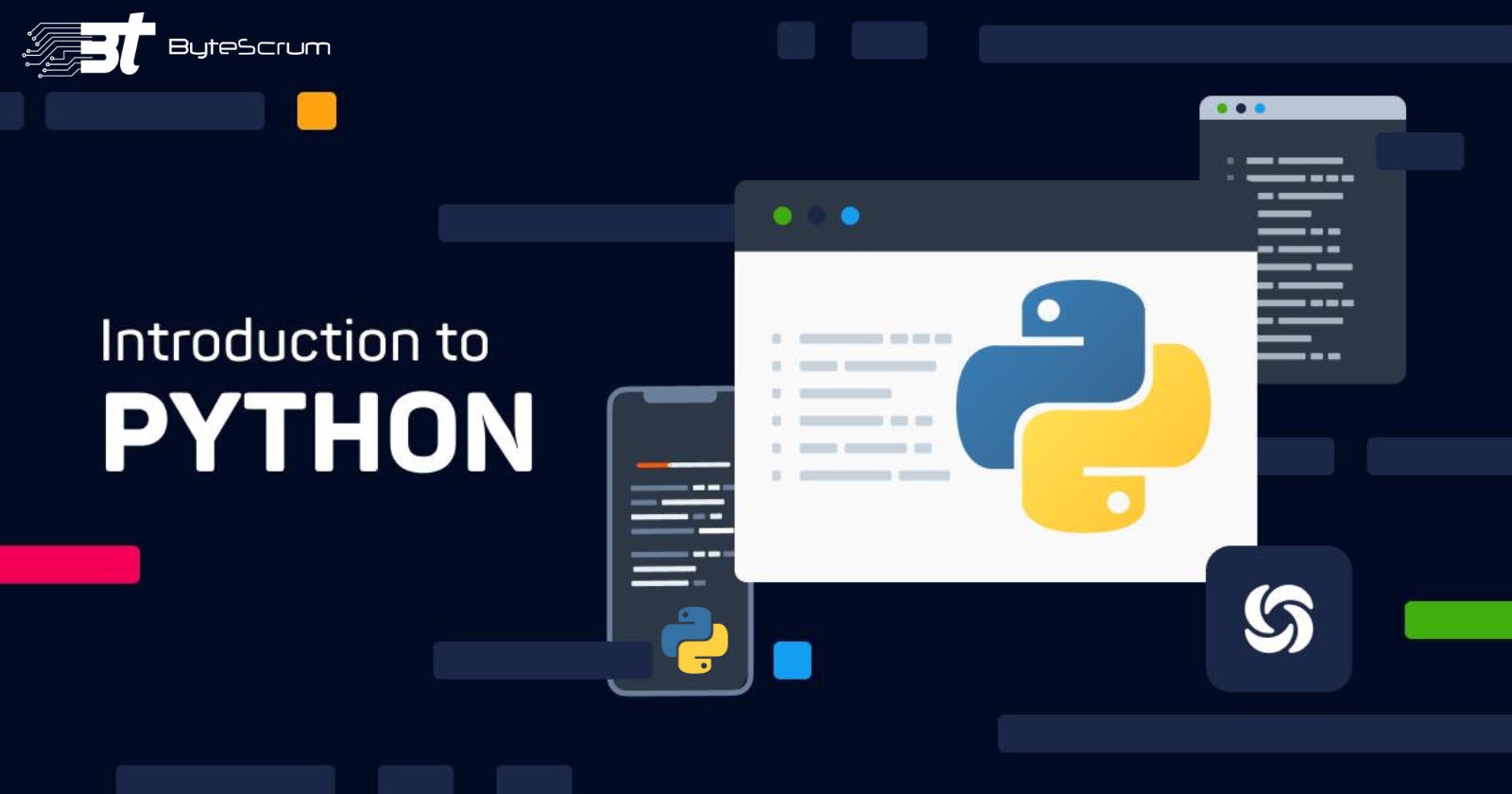Exploring Python's Core: From Basics to Behind-the-Scenes
Unveiling Python's Magic: Where Simplicity Meets Power!
🎉 Exciting News! Introducing Our New Python Decoded: Unraveling its Features and Mechanisms📚
In this extensive series, we'll dissect the key components that make Python a popular choice for both new and experienced developers. We'll look at what makes Python unique, from its beautiful and accessible syntax to its strong capabilities.
Our journey begins with a thorough introduction to Python, in which we'll learn about the intriguing world of the Python Virtual Machine (PVM), the magic that converts your code into machine-executable instructions behind the scenes.
Memory management, an essential component of programming, takes center stage as we study how Python manages memory allocation and deallocation automatically.
Learn how Python's Memory Management Methods improve your coding experience by reducing the likelihood of memory-related mistakes.
Finally, we'll debunk Garbage Collection, the unnoticed hero responsible for optimizing your program's memory.
Discover how Python's Garbage Collection mechanism detects and removes unneeded memory, guaranteeing optimal resource consumption and smooth application execution.
Python's Introduction
Features and Execution
You'll have a thorough grasp of Python's inner workings by the conclusion of this course, allowing you to develop efficient, elegant, and resilient programs. Let's get started!
Python's Introduction
Python is a popular programming language that is noted for its ease of use and readability. Guido van Rossum designed it in the late 1980s. Python's syntax is intended to be simple, making it an excellent language for both new and experienced programmers.
Python is a widely used programming language in various fields, with its simple syntax making it easy to learn.
Features and Execution
Python has numerous fundamental aspects that make it popular.
- Easy-to-Read Syntax: Python's syntax is virtually identical to plain English, making it simple to comprehend and write.
print("Hello, World!")
- Interpreted Language: Python is an interpretive language that does not require compilation. You may immediately write and run code, which speeds up the development process.
name = input("Enter your name: ")
print("Hello, " + name)
- Cross-Platform: Python can operate on a variety of operating systems without change.
file = open("data.txt", "r")
content = file.read()
print(content)
- Large Standard Library: Python has a large library of pre-built modules and functions, which saves developers time.
import math
radius = 5
area = math.pi * radius ** 2
print("Area of the circle:", area)
- Community and Libraries: Python has a huge and active community that contributes to a diverse set of libraries for a variety of purposes
import requests
response = requests.get("https://www.example.com")
print("Status code:", response.status_code)
- Dynamically Typed: You don't have to explicitly define the data type of a variable; Python infers it on the fly
x = 10 # x is an integer
x = "hello" # x is now a string
Python Virtual Machine (PVM)
Python code is executed using the Python Virtual Machine (PVM), converting it to hardware-readable format. It is in charge of memory management, execution, and a variety of other duties. Because the PVM abstracts away hardware-specific features, Python applications are extremely portable between computers. provide examples of the same.
Example: Arithmetic Calculation
a = 5
b = 3
result = a + b
print("The result is:", result)
PVM is in charge of allocating memory for the variables a, b, and result. It converts the mathematical operation a + b into instructions that the computer hardware can perform. This abstraction enables the code to execute on a variety of platforms.
Memory Management
Python automatically handles memory. Python's memory management allocates space for variables and objects.
When you finish using a variable or object, the Python garbage collector automatically deallocates the memory so that it can be reused.
This automated memory management decreases the possibility of memory leaks and simplifies code, providing some examples for the same.
Example: Memory Allocation for Variables
Python's memory management allocates space for a variable's value when you create it
Data comes in a variety of shapes and sizes. If you want to deal with a piece of data, you must first figure out how to store it in your program's memory. Variables enable us to do so. Variables can be used to classify, store, and access information.
A variable is identified by a label or name and includes a value. It allows you to save a value by associating it with a name. Later in the program, the name may be used to refer to the value.
x = 42 #integer # Memory allocated for an integer variable x
y = "Hello" #string # Memory allocated for a string variable name
z = 3.14 #float # Memory allocated for a float variable name
Garbage Collection
Garbage collection is the process of finding and cleaning up memory that your software is no longer using. The garbage collector in Python maintains track of objects that are no longer referenced by any of your code. It then frees the memory held by these unreferenced items, making room for new things.
Example: Garbage Collection
def create_objects():
obj1 = [1, 2, 3] # An object is created and assigned to obj1
obj2 = [4, 5, 6] # Another object is created and assigned to obj2
# obj1 and obj2 are no longer accessible after this function
# Calling the function
create_objects()
# At this point, the objects created in create_objects() are no longer accessible and will be garbage collected.
Python's garbage collector detects that obj1 and obj2 are no longer accessible and releases the memory they were using. This avoids memory leaks and keeps memory accessible for other portions of your software.
Summary
to be continued...
Stay tuned for the upcoming articles in the series, where we'll discuss more interesting topics related to Python. Subscribe to our channel to ensure you don't miss any part of this enlightening journey!

